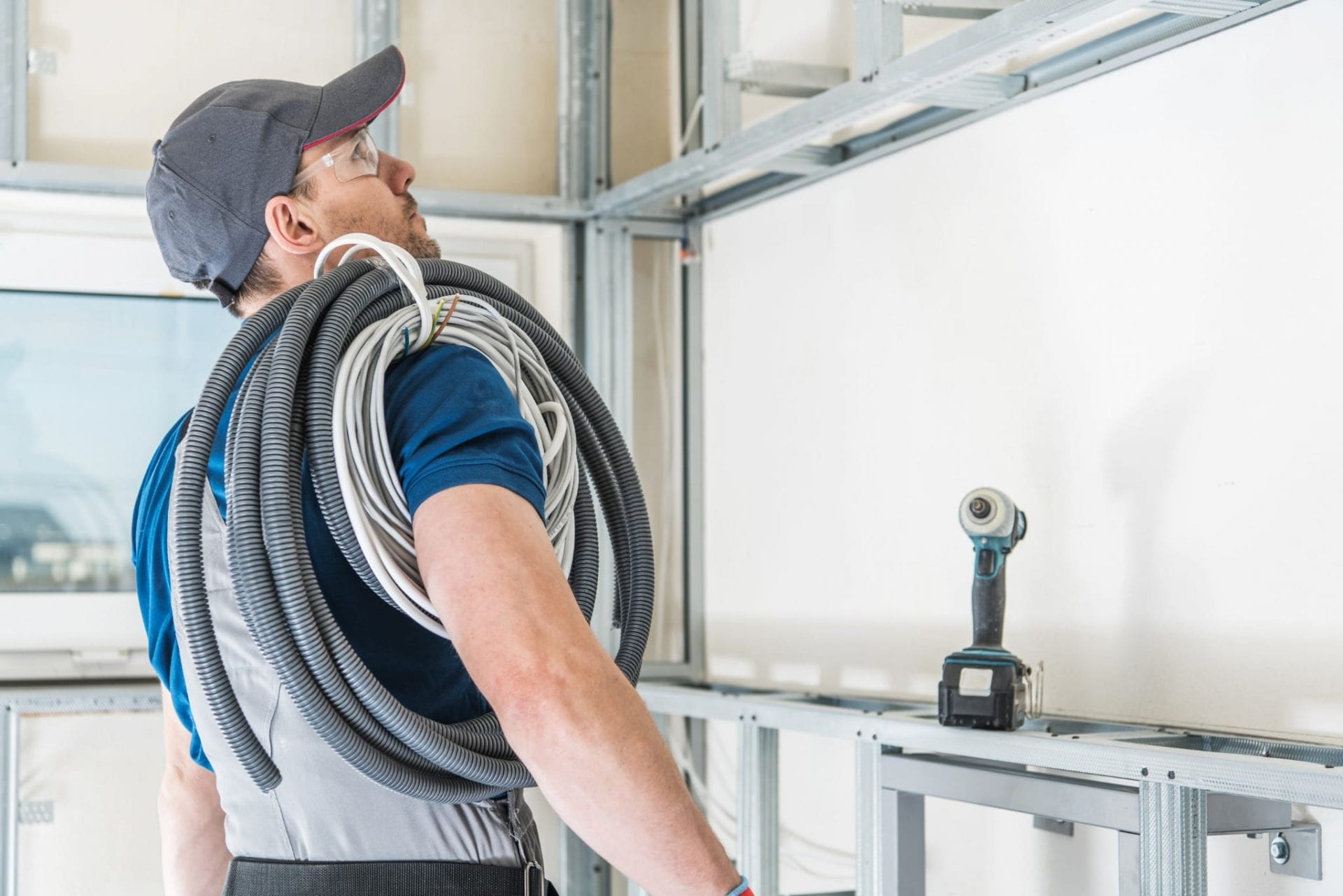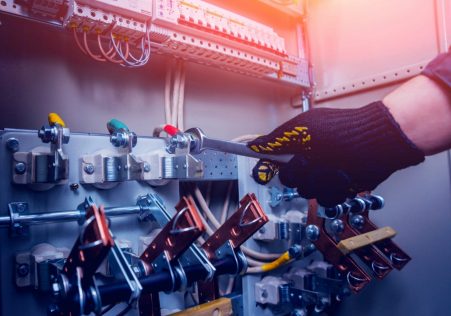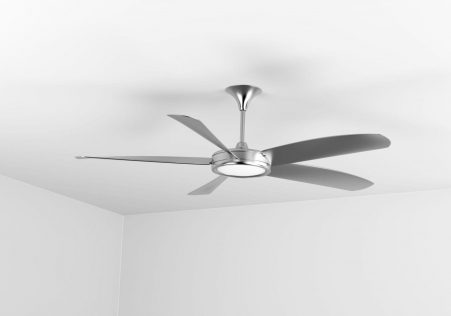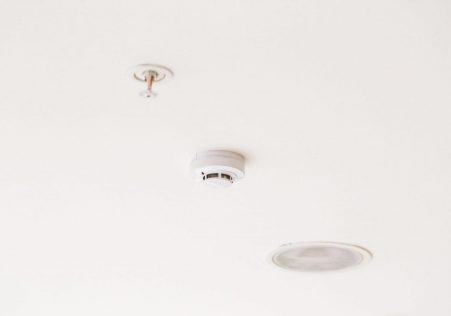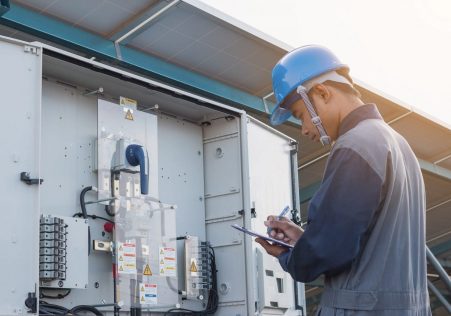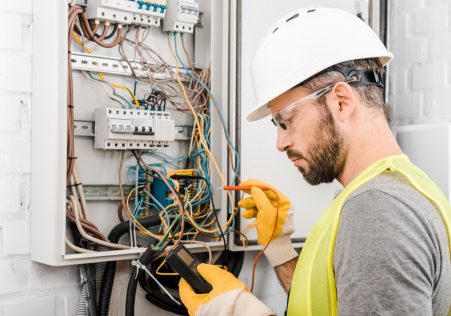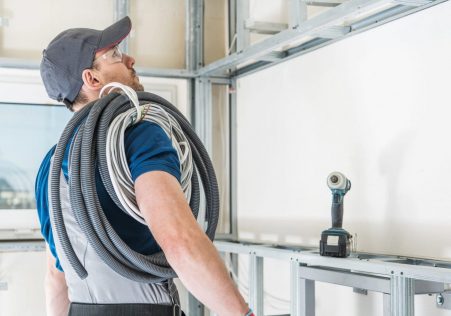Preventing Electrical Hazards: A House Owner's Guide to Identifying Live Wires

Knowing how to identify live wires is an essential part in working with wiring. No matter if you’re a professional electrician or a homeowner trying to fix an electrical problem, it’s crucial to know how to recognize live wires and take the appropriate precautions to avoid hazardous accidents. The following article we will discuss the importance of knowing how to identify live wires and the precautions to be taking in working on electrical wiring.
Working with electrical wiring is extremely risky It’s crucial to be aware of the dangers associated with it. Electrocution is a serious riskand could cause serious injury or even death. It is crucial to ensure you are well-equipped and equipment to handle electrical wiring in a safe manner.
Understanding the fundamentals of electrical wiring
Before we begin to identify live wires, it’s important to be aware of the definition of what they are. Live wires are wires that transmit electrical current and can be hazardous if they are not handled correctly. Within an electric circuit there are three types of wires: neutral, hot, as well as ground wires. Hot wires carry the current of electricity, neutral wires carry the return current, and ground wires provide an uninvolved pathway for excess current to flow.
Tools and precautions to identify Live Wires
Identifying live wires requires the use of the right tools and precautions. One of the most essential tools is the non-contact voltage tester which can detect electrical currents without making contact with the wires. It is also essential to switch off the power source to the circuit you are working on and wear protective gear, such as gloves and safety glasses.
How to identify live wires
These are step-by-step directions to identify live wires:
- Shut off the power supply to the circuit that you’ll be working on.
- Utilize a non-contact voltage tester to detect whether live wires are present. Place the tester close to the wire and if it detects voltage, the test will either beep or illuminate.
- Make use of a circuit breaker locater to determine the circuit breaker that controls the circuit. This will allow you to cut off the power supply to the circuit.
What Should You Do If You Find a Live Wire
If you identify live wires It’s crucial to switch off the power to the circuit right away. If you’re unsure about what to do then it’s recommended to consult a professional. The power off will prevent any electrical current from passing through the wires. It will also decrease the chance of electrocution or injury.
Conclusion
The identification of live wires is a critical part in working around electrical wiring. It’s essential to take essential precautions, like using the right tools and turning off the powerto avoid accidents. If you’re not sure how to identify live wires or have any queries regarding electrical wiring do not hesitate to call a professional electrician such as Local Electrician Doncaster at 1300 933 820. They can help you with any electrical problems and ensure that your house is safe and conforms to standards.

